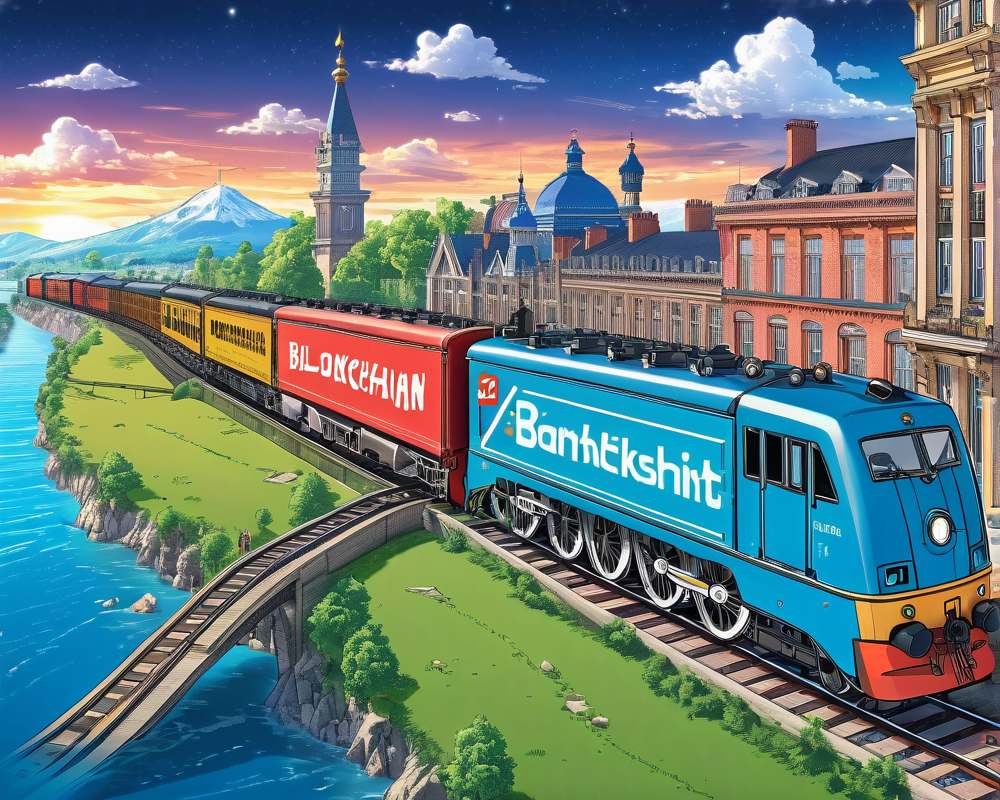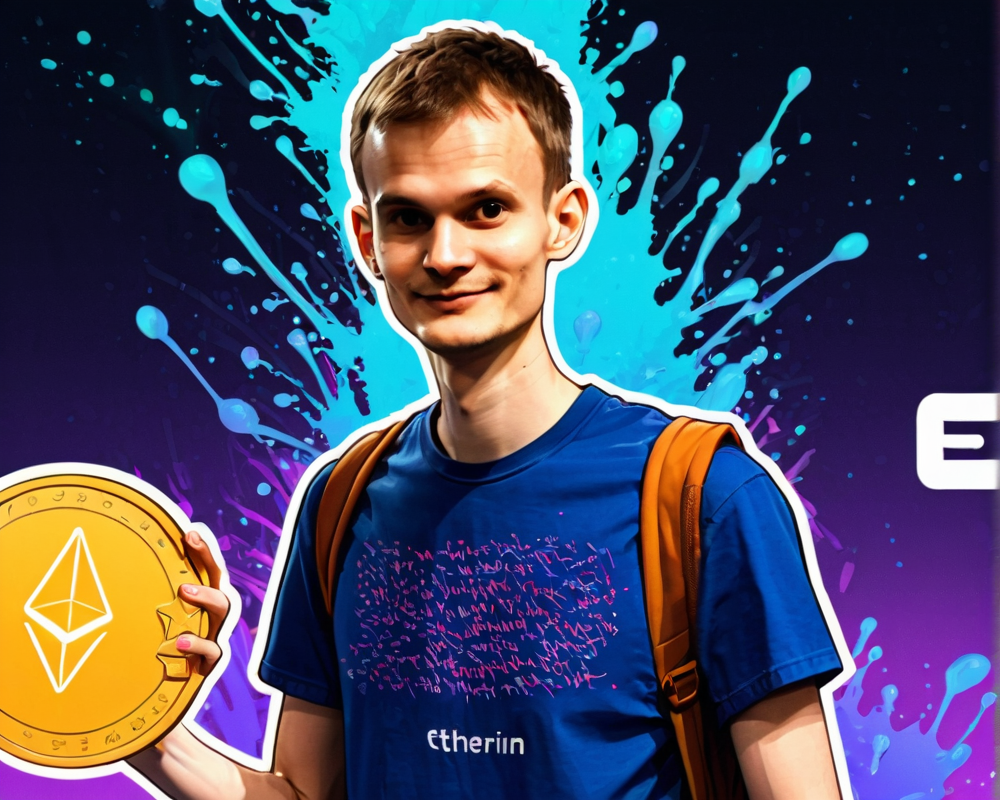The Historical Footprints: Trains vs. Blockchain
Isn’t it amusing (and a little scary) how both the invention of railways and the rise of blockchain have sparked confusion and excitement? One minute, you’re staring at a massive steam engine that promises to revolutionize transport, and the next, you’re in the midst of crypto tweets debating whether Bitcoin is the future of money or just another fad. But let’s face it, is there anything more entertaining than watching banks desperately try to adjust to the idea of sharing ledgers?
Feeling the Revolution: How Rails Changed Everything
The impact of railways in the 1800s was nothing short of phenomenal. Imagine these “great mechanical horses” charging across land, changing landscapes, and connecting cities faster than anyone thought possible. Just consider blockchain — its ability to connect people, ideas, and resources like a digital railway network. Keith Richards of the crypto world would agree: both technologies indeed show that innovation waits for no man (or horse).
The Blockchain Birth: From a Whisper to a Roar
Before Bitcoin was a household name, the groundwork was being laid by visionaries like Stuart Haber and Scott Stornetta in the early ’90s. They were the railroad engineers of the digital age—not with railroads, but with visions of a secure method for timestamping digital documents. It was nothing less than the inception of a new locomotive: blockchain. And just like those early railway enthusiasts, cryptographers faced their own skepticism; the question was: could this really carry the weight of the financial system?
Challenges Ahead: Obstacles on the Track
Let’s be real—every new technology faces its fair share of eyebrow-raising comments. Remember the German king who thought rail travel could never be comfortable because passengers might asphyxiate? Welcome to skepticism in 1864! Fast forward to today’s crypto landscape where you’ll find the same doubts about blockchain’s viability. Have we made it to the age of enlightenment yet, or are we still trotting alongside horse-drawn carriages?
The Great Unknown: What Lies Ahead?
The railway revolution didn’t just change transport; it transformed economies, war, and leisure. Similarly, blockchain’s potential to disrupt finance and governance is like the effect of those railways—a massive shift we’re only beginning to understand. So what comes next? Perhaps a world where ownership is decentralized, trust is automated, and value flows like train cars on tracks. Buckle up, folks; the ride is about to get bumpy!




